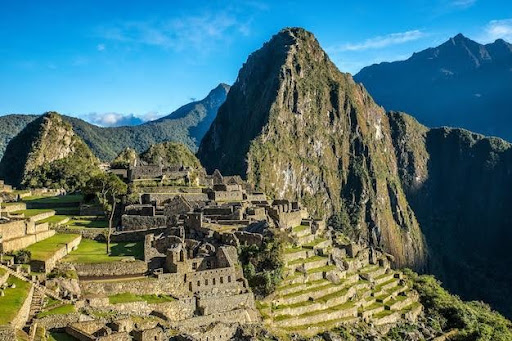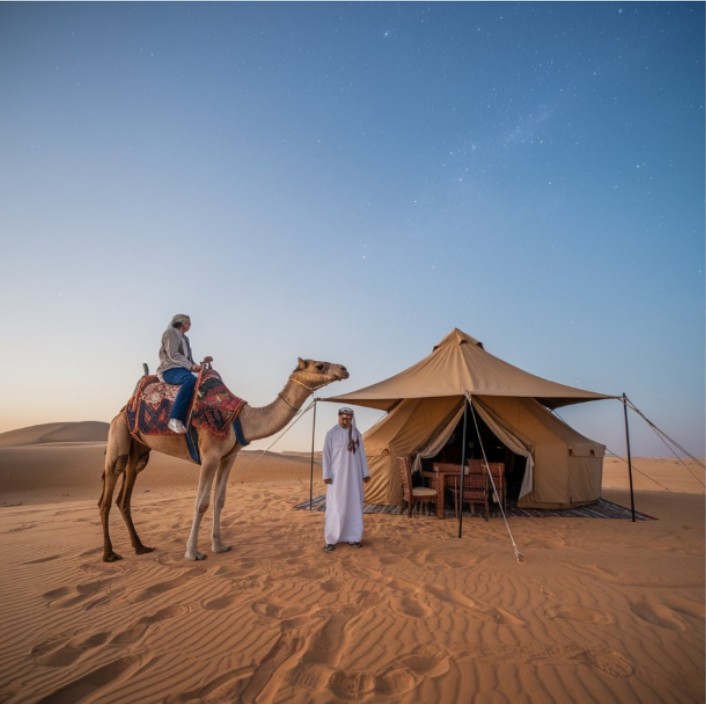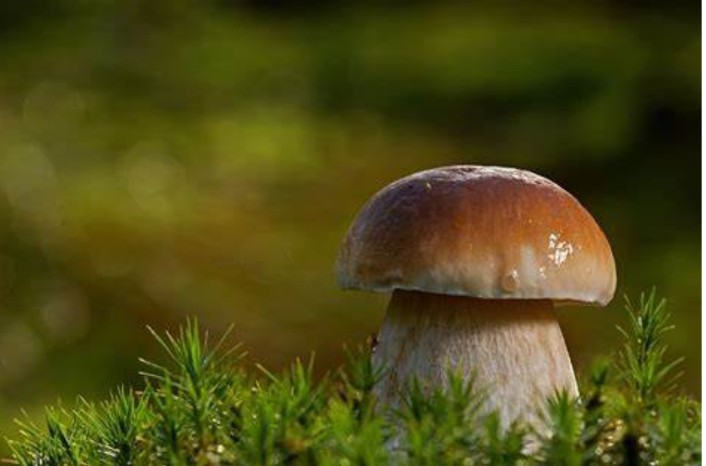Peru comprises the Andean region, the Amazon basin, and the low-lying coastal areas of the Pacific Ocean. Due to its distinct climatic variations, which result in different altitudes and rainfall at any given time, it offers travel all year round.
Because a huge number of travelers go to see the Machu Picchu citadel in the Andean highlands, the most convenient season to visit Peru is the dry and cooler season, May–November, with tourism peaking at June–August.
If you intend to visit Peru and Machu Picchu, let’s gain insights into what factors may help you experience a rewarding journey.
1. Best Time Of The Year To Visit Machu Picchu
What’s the best time to visit peru and macho picchu? April and May are the periods which are very suitable to go to Peru and Machu Picchu. It depends on the weather forecast and the country’s rules & regulations.
It will be peaceful and tranquil when the green mountains are just after the rainy season, and you won’t have to face difficulties caused by the August crowds. The months of May to October are nearly consistently clear, bright, and dry; however, don’t forget that nights will be a bit cold.
2. Peru’s Weather and Climate
Although December to April is the rainy season, if you are searching for smaller crowds and some good discounts and promotions, you shouldn’t consider it a bad time to visit Peru during this season; you may still encounter frequent afternoon showers and muddy trails. The rain also gives birth to flourishing greenery and multicolor-showy displays of orchids and other flowers.
If you are looking for a less crowded time with a pleasant temperature, cheaper rates, and fewer rains, then you can choose the Peru tour in shoulder seasons from April–June and September–November instead of summer.
Since Peru is a country with a diverse geographical environment, the weather varies from place to place, and sometimes, one may experience different seasons in a single day.
3. The Ideal Time for Hiking Machu Picchu
To explore the Machu Picchu area, May, June and July are the ideal months. Nonetheless, if you go during February rains, then it might get life-threatening and creepy in some of the narrow pathways as the ground gets really slippery!
The best hours to walk those trails are at dawn because you can see everything before the morning mist begins to rise. On that day, there will be fewer crowds, making it a great opportunity to visit the Inca citadel. Thus, the view will be amazing, as you will see the city up close and the distant mountains without any hindrance.
4. Right Time to Plan in the Sacred Valley
Among all seasons of the year, the shelter and the most recommended season to visit the Sacred Valley are undoubtedly June and July, which are dry. The weather in these months will be warm but not very hot, so it’s best to have an adventure!
Moreover, pre-peak season months are excellent opportunities for sightseeing. April, May, September, and October are the four dry months that precede the arrival of the rains.
From October to March, adventurous travelers may face Mother Nature’s wrath but rain is becoming the norm that turns Cusco and Machu Picchu into lifeless towns. The devastation of infrastructure is the greatest expected outcome of the disaster.






